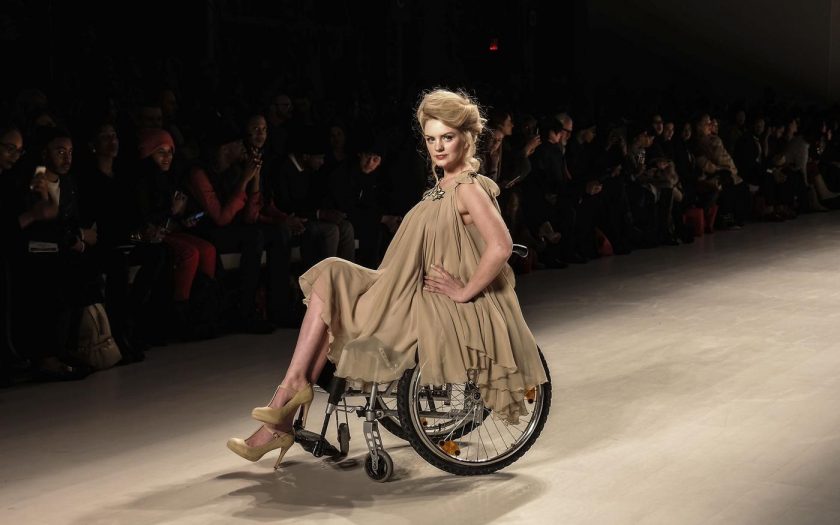Fashion has to do so much more if it is serious about catwalk diversity – and fashion in general for people with disabilities.
 Jillian Mercado
Jillian Mercado
Jillian Mercado, who has muscular dystrophy, has now signed to the same agency as Gisele Bundchen. And Madelaine Stuart, an 18 year old Australian who has Down’s syndrome, was announced as the face of cosmetics brand GlossiGirl.
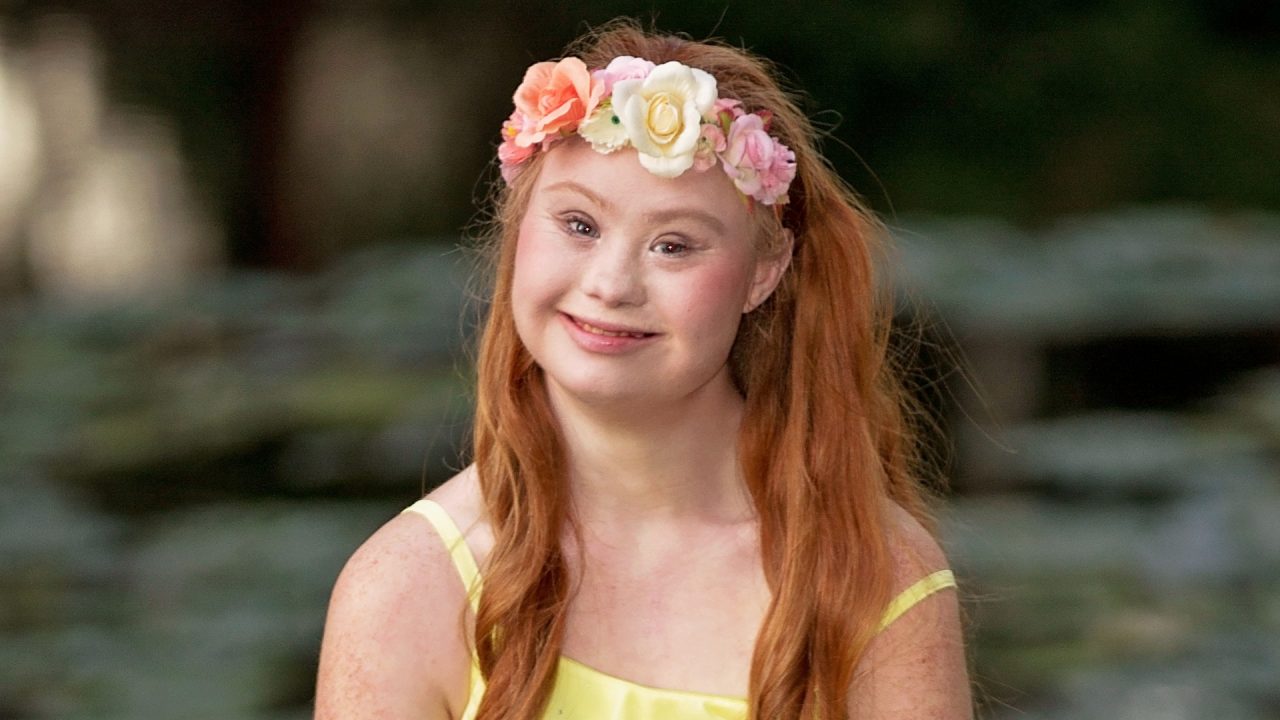
Madelaine Stuart
But do these girls make headlines in the fashion world because their presence belies the national disability statistics – and are they included for patronising reasons and not because they represent 20% of the population.
Melissa Johns, who was born with one arm spent a long time hiding her disability. But a role in Coronation Street (playing Imogen Pascoe) has propelled her into the limelight.
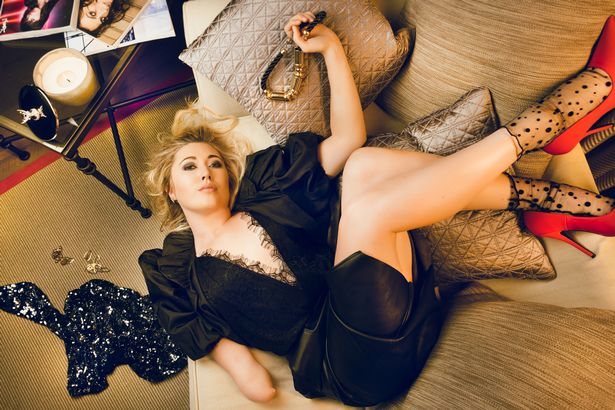
Melissa Johns
“I often hear people saying, ‘I see you not the disability’ and of course I know what they mean by that but for me, I want people to see that I have one arm because it’s my body. It’s the way I was born and is part of me and my fight and the person that I am. It’s perfectly fine to acknowledge someone’s disability – the next stage is accepting. So, it’s simple – see it and be OK with it.”
Melissa is emphatic that fashion is not inclusive when it comes to disability. “Disability is raw, gritty, vulnerable, sexy and real and it comes from such a personal, unique and organic place. Why wouldn’t you want that on the screens, cat walks and stages?”
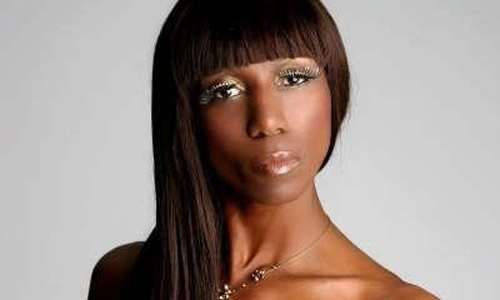
Angel Sinclair
Angel founded ‘Models of Diversity’ after asking herself the following questions. “Where are the models of colour? The larger models? The shorter models? The models with a disability? The older models?
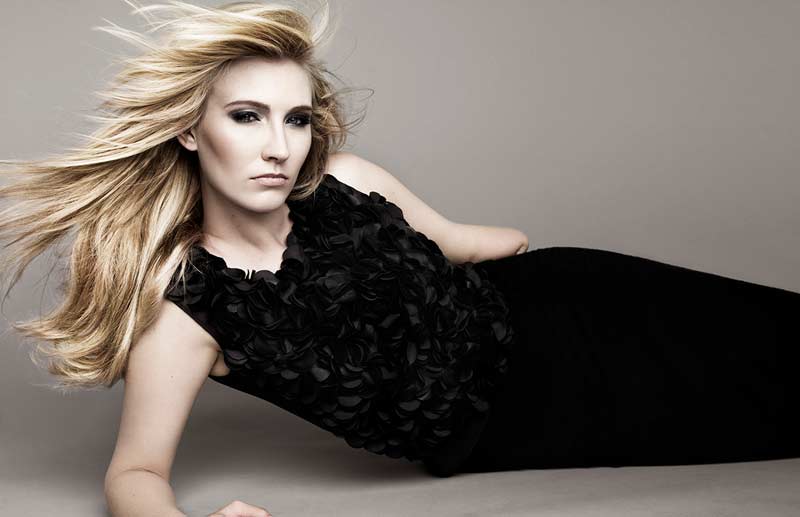
Kelly Knox
Kelly was born without her left forearm. “All my life I’ve known that my body may be ‘missing’ a bit’, but my soul is whole, all powerful and limitless” she said. Adding, ” I never considered myself disabled until I started modelling. I did not see anybody like me in fashion magazines, advertising campaigns or gracing the catwalk. I could’ve easily given up, but I don’t break easily!
I wanted to change the way society perceived disability and beauty. To make a difference in the world. But a decade after becoming a model not much has changed. We see diversity in terms of shape, size, colour and age, but disability seems the last taboo.”
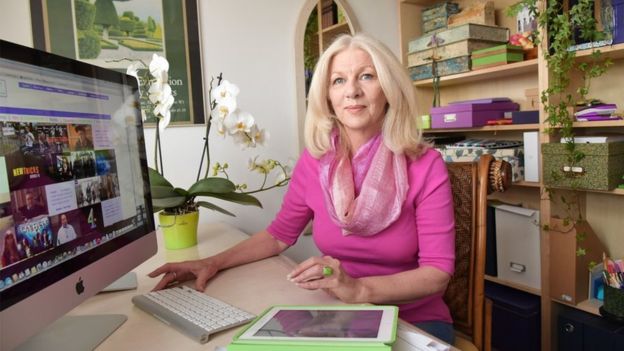
Louise Dyson
It was 1993 when Louise Dyson’s agency was approached by ‘Sunrise Medical’ for disabled models to promote its wheelchairs. At that time her then agency dealt only with ‘flawless models’.
“We didn’t know any models with disabilities but I immediately thought that was such an obvious thing for advertising – to be representative of the consumer”.
So she took a leap of faith, sold her shares in the first agency and established VisABLE. Its a situation she is still perplexed with given that the UK market surrounding disability – known as the purple pound – is worth an estimated £249bn in the UK.
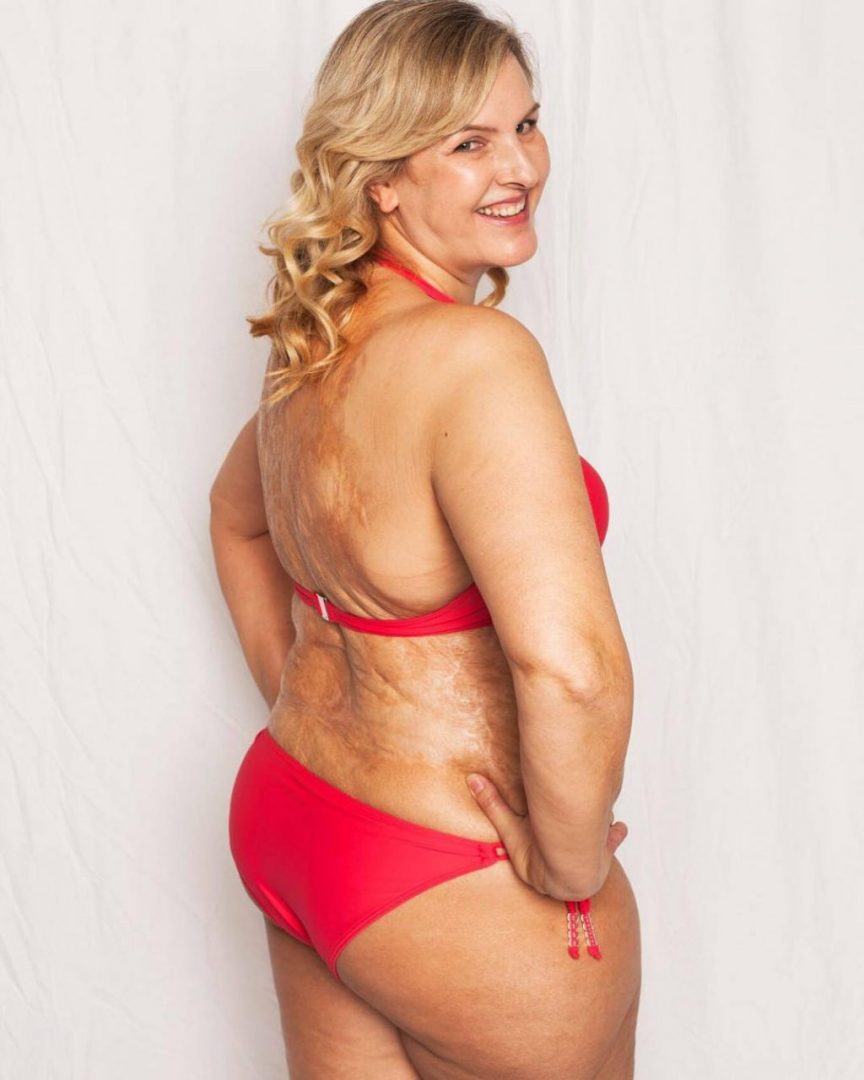
Sylvia MacGregor
Sylvia, a burns survivor, founded LoveDisfigure to encourage people to love their looks and follow their dreams.
“There is no need to hide your disfigurement. We can become confident again and learn to live in happiness. Let your inner beauty shine through, believe in yourself as our disfigurement is just an extra part of our uniqueness. We can all be beautiful people.”
………………………………………………………..
So with the ‘purple’ pound’ worth £249bn and with approximately 20% of the UK population classified as disabled why are people with disabilities virtually invisible in the eyes of the fashion industry? Why aren’t one in five catwalk models disabled? – and why are there no shop display models in a wheelchair? And, cynically, if only for the financial ‘size’ of the market, you would think that the fashion industry would have recognised the potential.
And yet the industry continues to ignore disability. So fight back! Let the fashion shows know your views, write to the major retailers, to the editors of fashion magazines and support all the organisations that are challenging the fashion industry to change their traditions.

